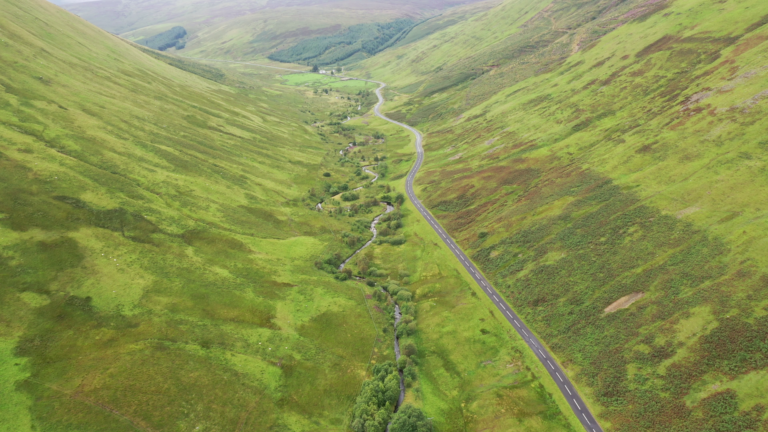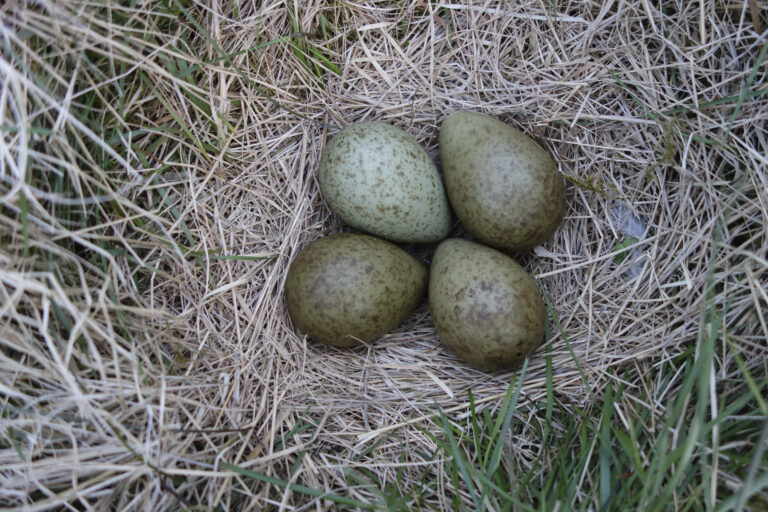Campaigners have renewed calls for the Scottish government to deliver sustainable farming, as MSPs voted to pass the Agriculture and Rural Communities Bill into law yesterday evening.
Members of Scottish Environment LINK want the Scottish government to replace its outdated farm funding system with one that helps farmers and crofters produce food in ways that help tackle climate change and restore nature, and supports them in the transition to sustainable farming.
Farming is currently Scotland’s second biggest source of climate emissions, and a major cause of nature loss.
The bill passed yesterday will enable the Scottish government to create a new system of financial support for farmers and crofters, but lacks detail on how the farming budget will be spent and what it will achieve. The government has said it will produce a Rural Support Plan to set out how it will fund farming.
Campaigners are calling for at least three quarters of farm funding to be spent on helping nature and climate.
Under the current system, most funding is spent on area-based ‘direct payments’ which require farmers to meet only basic environmental conditions. The government’s own analysis shows that this is a poor use of public money, yet it has no clear plans for spending that money better.
Pete Ritchie, convenor of Scottish Environment LINK’s food and farming group and director of Nourish Scotland, said:
“Farming has to change, not only because the climate and nature crisis demands it, but because the market is changing. People want sustainably produced food, retailers are requiring sustainably produced food, and business as usual is no longer a viable option. By failing to set a clear direction of travel in this bill, the Scottish government is failing to help farmers adapt to that changing market.
“The Rural Support Plan must give farmers and crofters the clarity and support they need to act for nature and the climate. And public money for farming has finally to move away from paying people for how much land they have towards paying people for how well that land delivers what we all need – a stable climate and a healthy natural environment that will underpin our food security for generations to come.”




